Podcast: Abolitionist history of Abney Park
In this podcast, Alan Gartrell discusses the slave narratives and the many great people who contributed to Abolitionist history who have links with Abney Park.
Listen to the podcast
Alan Gartrell has also written an article that discusses the links with Abney Park and the world’s first Anti-Slavery Convention in 1840. Read the article.
Slave narratives: a reading list
Olaudah Equiano The Interesting Narrative of the Life of Olaudah Equiano , or Gustavus Vassa the African (1789)
Equiano’s daughter, Joanna Vassa is buried at Abney and her memorial identifies her as the ‘daughter of Gustavus Vassa the African’. The Historic England listing says the monument ‘serves in part as a memorial to her illustrious father. The setting is particularly appropriate; many other non-conformists and anti-slavery sympathizers are buried at Abney Park.’
Mary Prince The History of Mary Prince (1831)
Mary Prince, a black woman from Bermuda, had been a slave in London and was encouraged to write and publish her memoir by members of the Anti-Slavery Society including Josiah Conder, who is buried in Abney Park and who’s portrait features in Benjamin Haydon’s painting of the Anti-Slavery Society Convention, 1840.
Moses Roper A Narrative of the Adventures and Escape of Moses Roper from American Slavery (1838)
Roper arrived in England in 1835 with letters of recommendation to Rev. Alexander Fletcher and Rev. John Morison, both of whom attended the Anti-Slavery Society Convention in 1840 and are buried in Abney Park. He submitted his book for editing to ‘Dr Morison from whom I received the greatest kindness.’ and spoke at Fletcher’s Finsbury Chapel.
Frederick Douglass Narrative of the Life of Frederick Douglass, an American Slave (1845)
The great reformer, statesman and suffragist Frederick Douglass made a UK nationwide lecture tour, after the publication of his book, and spoke at Fletcher’s chapel. The response was made by the Rev. John Campbell (buried in Abney Park) - ‘We must see more of this man. We must have more of this man.’
Josiah Henson The Life of Josiah Henson, formerly a Slave. now an Inhabitant of Canada (1849)
Josiah Henson, an escaped slave, visited England in 1850. Samuel Morley, a manufacturer, philanthropist and future MP, chaired a committee to fund Henson’s visit and lecture tour. ‘I was particularly touched by the special kindness of Samuel Morley and George Hitchcock... These two gentlemen invited me to dine with them every day’. Samual Morley is laid to rest in Abney Park. Elements of Henson’s story were used by Harriet Beecher Stowe in Uncle Tom’ s Cabin.
Harriet Beecher Stowe Uncle Tom’s Cabin: or Life Among the Lowly (1852)
Though this work of fiction reinforced certain stereotypes and, unlike his inspiration, Henson, the long-suffering protagonist does not escape, the book had a great influence. Samuel Ringgold Ward wrote that it ‘awakened more attention to the anti-slavery cause in England ... since 1832’. Allegedly, Abraham Lincoln described its author as ‘the little woman who wrote the book that made this great war’. Beecher Stowe’s work was the bestselling novel of the nineteenth century. Its introduction was written by the Rev. James Sherman, a founding director of Abney Park Cemetery and also buried in the park.
Samuel Ringgold Ward Autobiography of a Fugitive Negro (1853)
Ward escaped slavery from Maryland to New York with his parents at the age of three. Frederick Douglass said that as an orator and thinker Ward ‘was vastly superior to any of us’. He met Beecher Stowe at James Sherman’s house in Blackheath in 1853 and at times both stayed with Sherman, ‘he made his house my home’. He was also ‘received most kindly’ by Thomas Binney, the Archbishop of Non-conformity who attended the Anti-Slavery Society Convention in 1840 and is also buried in Abney Park. Ward became a minister and farmer in Jamaica.
All the books are available in traditional form and as e-books. Some, particularly Douglass and Henson, wrote several autobiographies.
Take our self-guided walking tour of Abney’s abolitionists
We need your continued support
We’re seeking donations to help Abney Park Trust curate a series of events, audio tours and publications on Abney as part of our mission to promote Abney’s history, wildlife and role in the community. We’re also looking to raise funds for our monument restoration programme. Please support us so we can continue in the care and promotion of this beautiful space.

